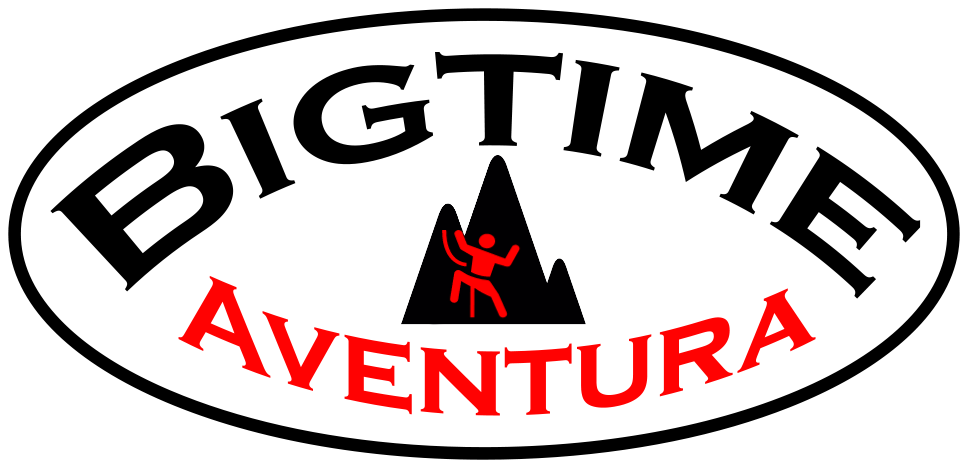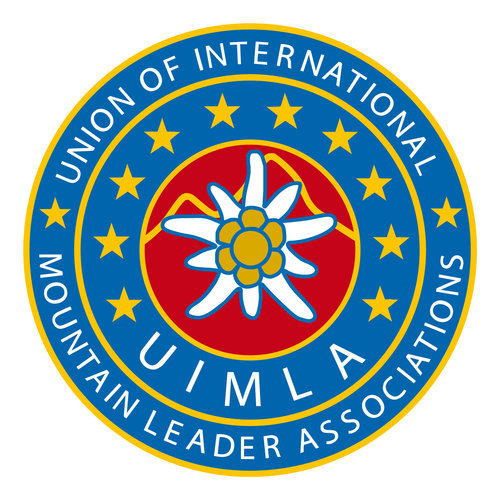The Union of International Mountain Leader Associations (UIMLA) IML Guide and the International Federation of Mountain Guides Association (IFMGA) Mountain Guide are the only internationally recognized mountain guiding qualifications in the world.
What is UIMLA?
Union International Mountain Leader Associations UIMLA. The Union of International Mountain Leader Associations (UIMLA) is an international governing body that represents IML Guides from various countries. Most of these are European countries but each year other countries have gained access to this organization. The current member countries are: Andorra, Belgium, France, Great Britain, Poland, Spain, Switzerland, Bulgaria, the Netherlands, Italy, Czech Republic, Croatia, Peru, Argentina, Germany, Slovakia, and Romania. Macedonia and Austria are aspirant member countries intending to gain membership into UIMLA. Japan and Morocco are candidate member countries.
One of the most important goals for UIMLA is to represent the profession at the international level as well as setting equal standards of qualifications for all IML Guides. UIMLA also promotes the profession and supports the cooperation between IML Guides from different countries.
UIMLA was founded in November 2004 and is based in Chambery, France.
IML Training in Spain
The training for an IML Guide in Spain takes 2-3 years to complete. It includes a multitude of skills including both summer and winter training. Major training objectives include anticipation in the mountains, orienteering, cartography, safety, and pre-trip planning. If there's one take home message it's planning, planning, and more planning!
Other topics include basic first aid, physical and mental preparation and training, client psychology, group dynamics, professional development, leadership, basic survival techniques, and natural sciences such as biology, geology, glaciology, meteorology, and snow science.
One of the most important technical aspects is how to use a map and compass. More advanced training includes how to use a GPS device. Calculating times of hiking routes is also an important skill. Technical equipment is studied ad nauseam.
Winter training focuses on snow science, snow conditions, and understanding natural indicators in the environment. The ability to understand snow pack and determine if the area is safe for snowshoeing is of vital importance. Using a snow beacon and avalanche receiver is a major winter skill set. Coordinating avalanche rescue is also continually practiced. Continuing education is important for all guides.
Building winter shelters is also essential. The ability to adapt and survive in harsh winter conditions is something necessary for a guide taking clients out into wilderness areas. The idea is that with all the pre-trip planning there won't be any surprises. However, zero risk does not exist in nature. IML Guides control everything that they can but there are natural factors that are out of their control. The intensive training for IML Guides prepares them to evade and prevent many potential risks before they occur. But in nature and especially in the mountains natural accidents do occur. Being prepared to deal with them is also part of the training.

